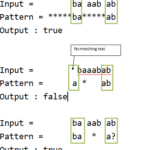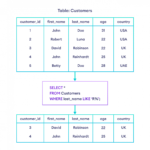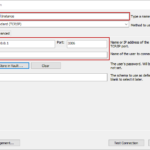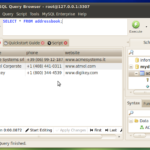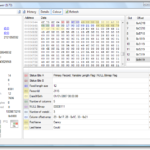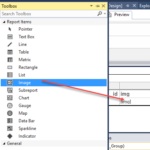Is Telegram safe for the average user? Yes—if the right settings are enabled and smart habits are followed. The main caveat: regular “cloud chats” aren’t end-to-end encrypted by default, so truly sensitive conversations should happen in Secret Chats, with Two-Step Verification turned on and privacy settings tightened.
| Key Takeaways | Why it matters |
|---|---|
| Secret Chats = end-to-end encryption (E2EE) | Only sender and recipient can read messages; best for private topics |
| Regular chats use cloud sync (not E2EE) | Great convenience, but treat as “private, not secret” |
| Turn on Two-Step Verification (2FA) | Blocks account takeovers from SIM swaps and stolen codes |
| Lock down privacy settings | Hide phone number, restrict group invites, review sessions |
| Be cautious with bots and links | Most phishing spreads via groups, DMs, and fake “support” |
| Consider Signal for default E2EE | Better for high-risk privacy needs (journalists, activists) |
What “safe” actually means
“Safe” on Telegram depends on both app security (encryption, logins, device access) and platform risk (spam, scams, public groups). Telegram is fast, feature-rich, and great for large communities. The trade-off: default chats prioritize cloud convenience over default E2EE. For anything sensitive, switch to Secret Chats and add account protections.

How Telegram encryption works
- Cloud Chats: Encrypted in transit but stored on Telegram’s servers so messages sync across devices. Not end-to-end by default.
- Secret Chats: End-to-end encrypted (E2EE), device-specific, not synced, with no-forwarding and self-destruct timers. Ideal for private info; not available for groups.
- Calls: Prefer relayed calls to reduce IP exposure; use trusted networks for voice/video.
Quick Secret Chat setup:
1) Open a contact
2) Tap the 3-dot menu
3) Start Secret Chat and set a timer if needed
Metadata and exposure (the overlooked risk)
Even with E2EE, metadata like timestamps, IP ranges, and device info can reveal patterns. For most people it’s low risk—but it matters if location or identity needs to stay tightly protected. Discovery features and public invite links also increase exposure to spam. Trim joined channels and limit who can find or contact the account.
Practical safety checklist
- Two-Step Verification (2FA): Add a strong password + recovery email.
- App Lock: Enable passcode/biometric and a short auto-lock timer.
- Devices: Review “Active Sessions” and sign out unknown/old devices.
- Privacy: Hide phone number; restrict who can find/add by number; set Last Seen/Profile Photo to Contacts or Nobody.
- Group invites: Allow only contacts; decline random invites.
- Secret Chats: Use for sensitive topics; enable auto-delete timers.
- Calls: Prefer relayed calls; use a trusted VPN on public Wi‑Fi.
- Bots: Authorize only known bots; minimum permissions; report spam fast.
- Channels: Prune noisy/unknown channels; avoid “Similar Channels” rabbit holes.
Common Telegram scams (spot them quick)
- “Support” DMs asking for codes or wallet verification (staff won’t do this).
- Crypto airdrops, whitelist links, “urgent payout” messages—often with shortened URLs.
- Impersonation under channel posts (“winner lists,” “bonus claim”).
- Bots requesting contacts or excessive permissions.
Rule of thumb: Treat login codes like house keys—never share them. If a link is urgent or offers a prize, slow down and verify on an official site or pinned post.
Telegram vs Signal vs WhatsApp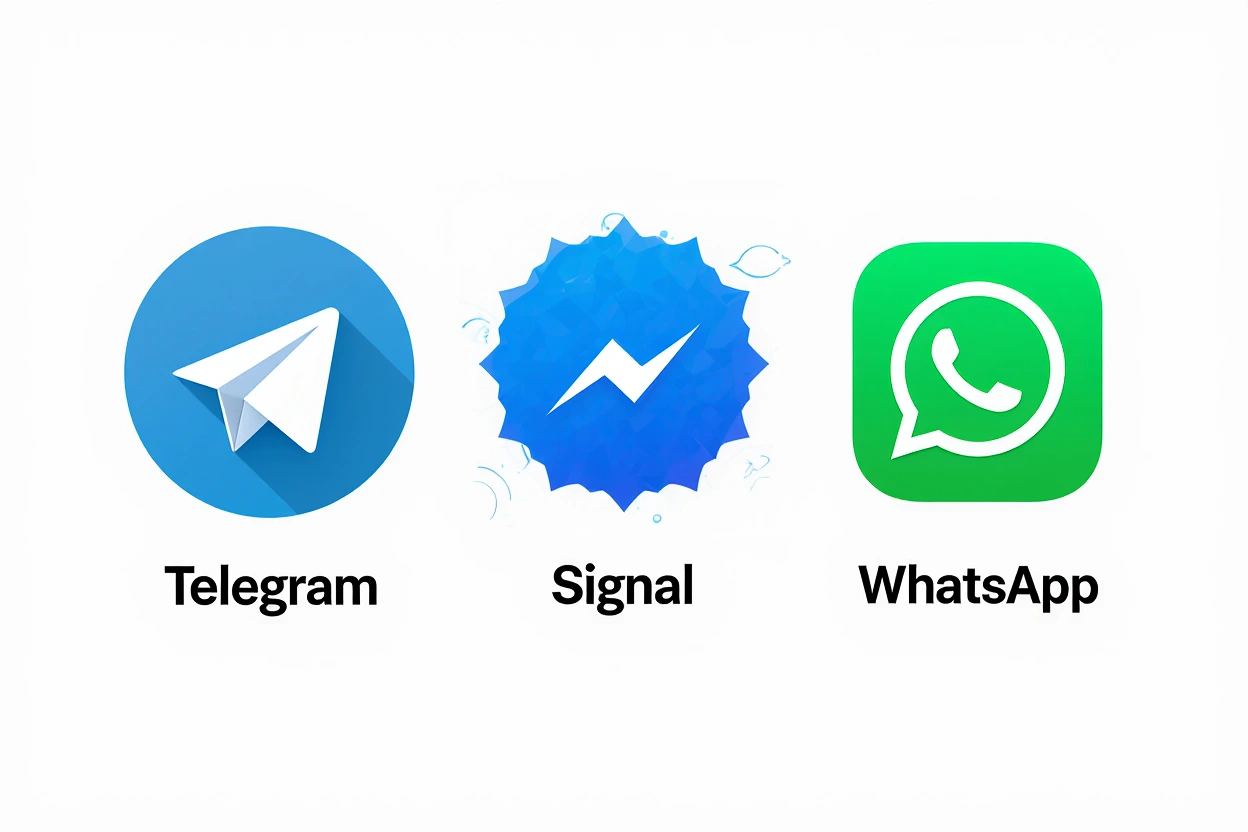
| Feature | Telegram | Signal | |
|---|---|---|---|
| Default E2EE (DMs/groups) | No by default (E2EE only in Secret Chats, 1:1) | Yes (default for all chats) | Yes (default for all chats) |
| Group privacy | Groups are cloud-based | Groups are E2EE | Groups are E2EE |
| Multi-device sync | Excellent (cloud-first) | Good, tied to primary device | Good |
| Bots and automation | Robust ecosystem | Limited (privacy-first) | Limited |
| Metadata minimization | Some server-side metadata | Minimal by design | Varies by feature |
| Best fit | Large communities, channels, multi-device | High privacy by default | Mainstream E2EE with wide adoption |
Bottom line: If communities, channels, and cross-device convenience matter, Telegram fits—just lock it down. If default privacy is non-negotiable, Signal is the safer baseline. If family and friends already use it and group E2EE matters, WhatsApp is practical.
Advanced threat modeling
- Low risk (friends/family): Cloud chats + 2FA, hidden number, restricted group adds.
- Medium risk (public communities, crypto/gaming): Add Secret Chats for sensitive info, relayed calls, aggressive spam/report habits, channel pruning.
- High risk (journalists, organizers, whistleblowers): Prefer Secret Chats only, strict device/session hygiene, minimal profile exposure; consider Signal for default E2EE and group privacy.
Hands-on 10-minute hardening routine
1) Enable Two-Step Verification (password + recovery email)
2) App Lock + auto-lock (1–5 minutes)
3) Devices: Kill unknown/old sessions; enable new-login alerts
4) Privacy: Hide number; restrict discovery; limit profile visibility
5) Invites: Contacts-only for group adds
6) Secret Chats: Use for sensitive topics; enable timers
7) Calls: Use relayed calls; avoid public Wi‑Fi or use a VPN
8) Bots: Verify owner; minimum permissions
9) Channels: Prune noisy/risky ones
10) Avoid exporting sensitive chats; rely on Secret Chats + timers
Settings that quietly boost safety
- Limit who can call (Contacts only) and route calls through servers to hide IP (peer-to-peer off).
- Turn off link previews in sensitive threads to reduce extra metadata calls.
- Shorten desktop session lifetime; always log out on shared machines.
- Monthly check-in: review Devices and Privacy settings.
- Separate personal vs community/admin profiles to reduce cross-exposure.
Creator/admin playbook (24-hour cleanup)
- 2FA for all admins; remove ex-admins promptly.
- Separate “owner” from daily admin accounts.
- Pin rules; enable slow mode on hot topics; add keyword filters.
- Close comments on high-risk posts; move Q&A to a moderated group.
- Approved-links only: verified domains in headers/pins.
- “One bot, one job,” vetted owner, minimal permissions.
- Weekly device/session audit across the team.
Parents and families: simple safeguards
- Contacts-only for messages, calls, and group adds.
- Teach “don’t share codes,” “don’t click unknown links,” and how to report/block.
- Review joined channels together; use OS-level content filters.
- Co-manage early: join the same groups; model safe behavior.
Printable action checklist
- [ ] Enable Two-Step Verification (password + recovery email)
- [ ] App Lock + short auto-lock
- [ ] Hide phone number; restrict group adds and discovery
- [ ] Review Devices; kill unknown sessions
- [ ] Use Secret Chats + auto-delete timers for sensitive threads
- [ ] Prefer relayed calls; use a trusted VPN on public Wi‑Fi
- [ ] Avoid unknown bots/links; report spam immediately
- [ ] Prune channels; disable features that surface junk
Final verdict
Telegram can be safe for the average user—with the right setup and habits. Think of cloud chats as “private enough for everyday talk,” and Secret Chats as “this stays between us.” Turn on 2FA, lock down privacy, be strict with bots and links, and use Secret Chats when it matters. If daily life demands default E2EE, go Signal; if reach, channels, and multi-device convenience matter, Telegram is a strong choice with a few smart guardrails.





